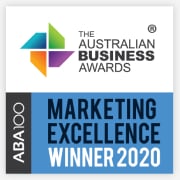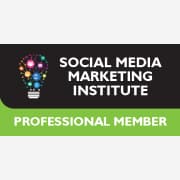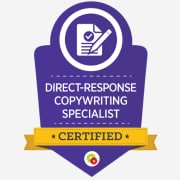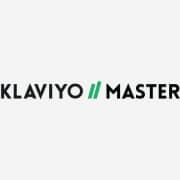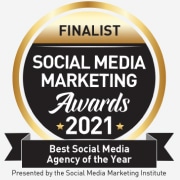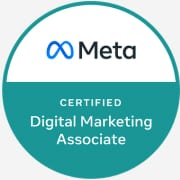Facebook and Instagram Advertising Funnel
Facebook and Instagram Advertising
People are typically going to go straight to Google when they need a solution to a problem, such as searching in Google for a “Plumber near me.”
One of the greatest benefits of Social Media Marketing is that you can reach, engage and build trust with your target audience before they actually need your solution.
Chet Holmes illustrates this concept through his “Demand Generation Pyramid”, which states that only 3% of your potential customers are actually ready to buy now.
That 3% (people looking to buy now) will not likely be searching for a solution to their problem on Facebook or Instagram, they’ll be looking in search engines, like Google.
Most of the remaining 97% (people who will buy in the future), however, can be tapped into via Social Media.
It’s important to understand the different mindset your potential customers will have between these two platforms so can play your cards right by serving ads and content that suits.
There are three core funnel audience segments that we use at Missing Link Social Media to get results for our clients. Each typically has unique campaign objectives, audiences, and ad messaging the messaging based on the stage of the customer journey through the funnel.
Top Of The Funnel
The top of the funnel is when you are reaching a ‘cold’ audience for the first time. The campaign objectives we normally create here are Video Views, Page Engagement, Brand Awareness and Reach. Each campaign has its own algorithm optimising towards the cheapest cost per objective.
The audiences created here are generally one of two types.
- Interest / demographic / behavioural-based audiences
- Lookalike audience
In our experience, Lookalike audiences outperform any audience we can think of. You do this by giving Facebook data that it will then create a ‘Custom Audience’ of. For example, if you have a Facebook Pixel on your website, it’s going to be putting ‘cookies’ in people’s browsers who have visited your website. Then when those same people go back to Facebook, Facebook knows and accumulates this Custom Audience of people who have visited your website.
You can also upload an email database or mobile phone database to Facebook and it will match about 70% of those to create a Custom Audience.
After you have created your Custom Audience, you can select it and ask Facebook to create a ‘Lookalike’ of it.
The type of messaging or content you want to create at the top of the funnel is more educational. Try not to talk about your product or your brand as these people have not yet shown any buying signals. People are on Social Media to be entertained and feel more connected, so consider what content you can create that adds value without asking for anything in return so you can start building your brand awareness and have people get to know, like and trust your brand.
Middle of the Funnel
The audience you’ll be reaching in the middle of the funnel is you Engagement Custom Audiences; people who have been warmed up by watching your videos or engaging with your posts and ads.
The type of campaigns that we normally create here are Website Traffic campaigns that start educating people about your solution, or Lead Generation campaigns that build your email database in exchange for something of perceived high value, such as a report, guide or checklist.
Once the audience has been exposed to your content and they do engage, this is the perfect opportunity to take them through to your website which takes us to the final stage – the bottom of the funnel.
Bottom of the Funnel
At the bottom of the funnel, you now have what we refer to as a “hot audience”. This is where you can retarget those people who have shown a significant level of buyer intent by visiting your website and/or providing you with their contact details in exchange for that “lead magnet”.
The best campaigns to create at this stage will vary depending on what solutions you offer.
If you are eCommerce, for example, you can reach people who have added products to their cart but haven’t yet purchased. You can also target people who have looked at particular products and then put those exact same products back in front of them as ads.
If you’re a service-based business you could, for example, get creative with a Send Message Campaign, targeting people have visited your website but haven’t enquired. It’s a great opportunity to create a dialogue around common objections that potential buyers may have before purchasing. For example, a common objection may be that you are more expensive than your competitors. In this instance, you may want to include a testimonial video from a customer explaining that although you are more expensive, there is a lot more value in the solution you provide.
Another idea for the bottom of the funnel is creating ‘low-barrier offers’, which are low cost and high reward incentives to just get people started.
I’d also recommend playing around with scarcity messaging; telling your audience that there aren’t many left of a particular product or service, or urgency messaging, saying that something will run out or expire within a given time period.
Considering which campaigns, audiences and messaging are best used in the different stages of a potential customer’s buying journey will definitely help you get tangible results from social media.
If you have any questions or would like to know how we can help you get better results from Social Media Marketing, comment below or get in touch here for your free Strategy Session
